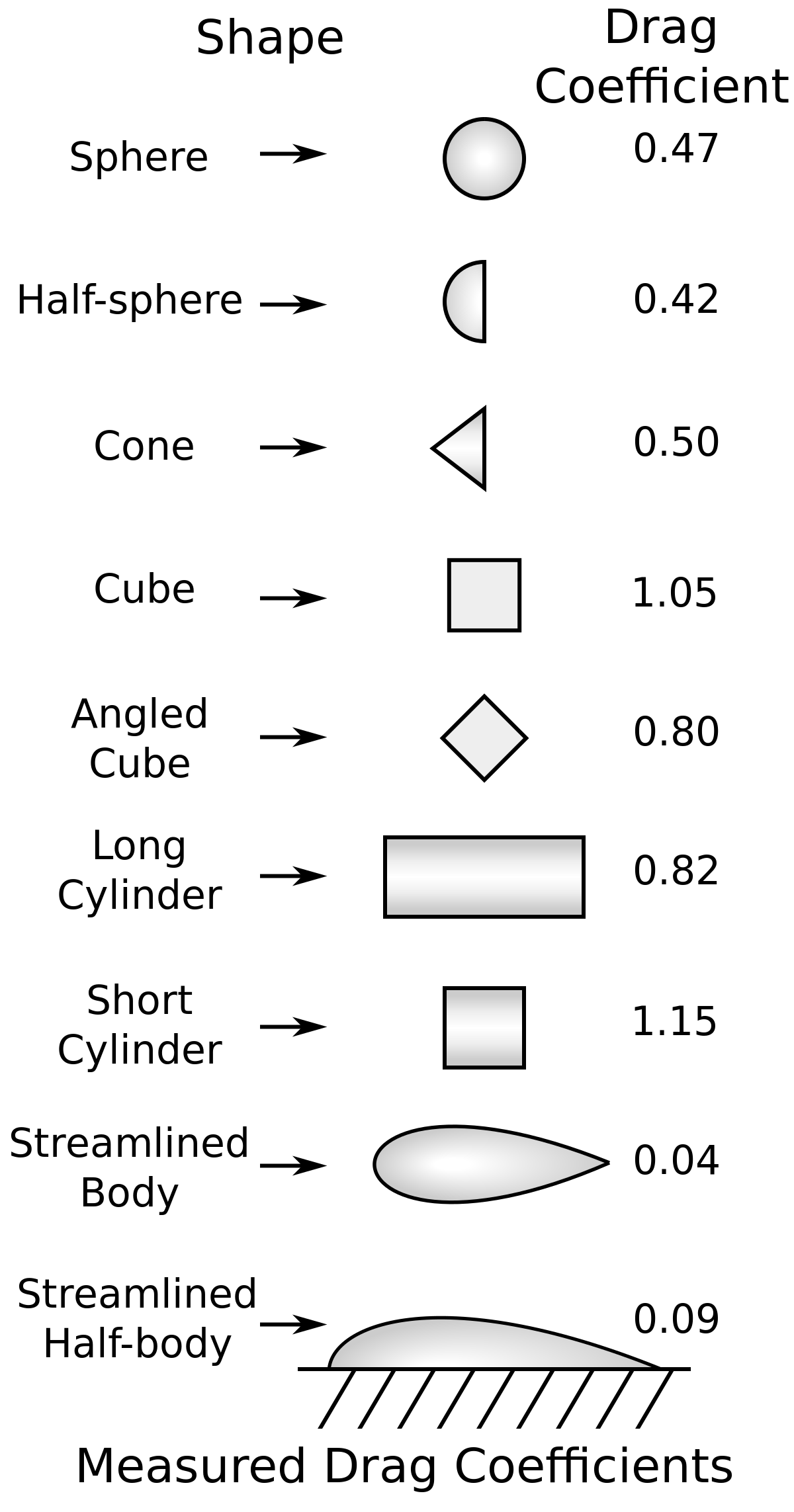Ashful
Minister of Fire
... but then you eventually went back to driving as you normally do? That was my point.When the colonial pipeline shut down I was able to change how I drive and went from 15 mpg to 18.5 around town. When most of the gas stations are closed and the lines are blocks long at the ones with gas you change how you drive.
After Katrina when gas went up. I didn’t use 2nd or 4th gear.
Not a mech.E, but I've taken more Newtonian physics than the average Joe. To my recollection, wind resistance is a friction loss, the force being linear with velocity. Since work = energy is simply force times displacement, I'd propose the losses due to wind resistance are likely linear, not non-linear. Maybe there's some secondary effect I'm missing, but whether it's wind resistance, rolling resistance, or any other factor that comes to mind, they're all linear WRT velocity....non-linear losses associated with wind resistance, and impacts on energy consumption.
What would be non-linear is acceleration. Acceleration alone is why my wife and I can get 31 mpg and 17 mpg gallon (respectively) in the same vehicle, despite having nearly the same final/highway velocity.
Story of my life, I've always owned cars faster than I'm willing to drive them, I think the current sedan is rated near 200 mph. But I'd say the more frustrating thing is being stuck behind a minivan (or worse... a Prius) on a nice windy and desolate country road.It's really frustrating to have a car that wants to go faster than I'm willing to as a driver.
But this is all getting mighty far from woodgeek's point(s), with which I agree. If I can remember them correctly, or at least my own take-away:
1. Climate change solutions must be in alignment with a net (or apparent) cost savings for those voting/deciding on them.
2. Technology is our most likely path to these solutions.


 (winking at my self)
(winking at my self) 




